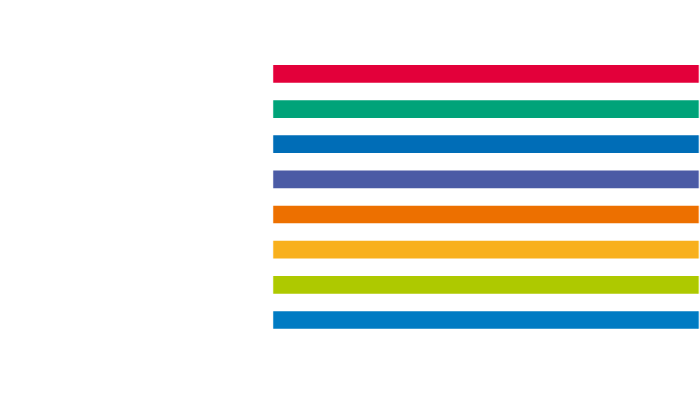A robotic welding cell planned and implemented at the Centre for Production Technology (PZH) of Leibniz Universität Hannover can produce complete components from steel or aluminium with the help of Wire Arc Additive Manufacturing (WAAM). In contrast to other additive processes such as the SLM process, in which individual points are melted in powder layers, this WAAM process is particularly suitable for the rapid build-up of larger components via the material application of the melted welding wire. Another advantage of the technology is that it is also possible to build on existing blanks, so that the entire component does not have to be produced in an additive manner.
The robot welding cell was created as a joint project of the Institute of Production Engineering and Machine Tools (IFW) and TEWISS Technik und Wissen GmbH. Both facilities are located at the PZH. "We want to combine the process chain of traditional machining with the advantages of additive manufacturing," explains Professor Berend Denkena, head of IFW. Indeed, the scientists of his institute are breaking new ground by integrating deposition welding into an otherwise cutting, i. e. ablating production with machine tools and milling centres. This applies to the material properties and geometry of the additive manufactured components, which must be available safely and reliably for the following machining steps, it concerns the appropriate design of these subsequent processes, and of course the question of how additive processes can expand the process chain as a whole is one of them.
Unlike powder-based 3D printing processes, the WAAM process offers three decisive economic advantages: It is cheaper to purchase, eliminates the need for complicated powder-induced "infrastructure", and the process is scalable: it can be expanded to accommodate large installation spaces.
The robot welding cell itself is also something new: "Of course there are robot-supported 3D printers, and robot welding is not new either", explains TEWISS Managing Director Jan Jocker, "but our project engineers had the task of thinking up this cell from the perspective of a machine tool and equipping it with an open control system and corresponding programming interfaces." This has been achieved - and both TEWISS and IFW are delighted with the result of the successful cooperation.
Companies interested in the integration of a WAAM process into their production chain or those who see a need for research are invited to contact the scientists at IFW. "We are here to take up and follow suggestions from practice", emphasises Denkena, the head of the institute, "and we are looking forward to working with project partners for corresponding research projects."
Note to the editor:
For further information, please contact Dr. -Ing. Thilo Grove, Head of Production Processes, Institute of Production Engineering and Machine Tools, on telephone +49 511 762 2563 or by e-mail at grove@ifw.uni-hannover.de and Dr. -Ing. Jan Jocker, Managing Director of TEWISS GmbH, on telephone +49 511 762 19434 or by e-mail at jocker@tewiss.uni-hannover.de


